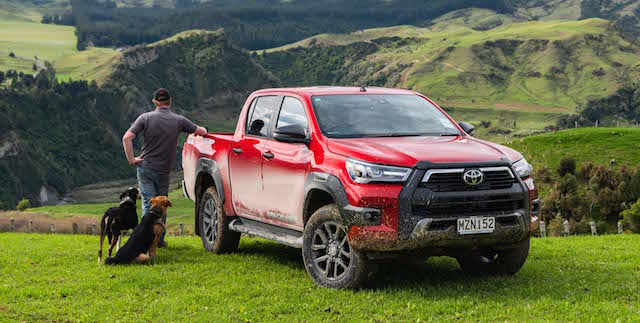
Toyota introduced its petrol-electric Prius hybrid in the late 1990s, around the time Silicon Valley visionary Jaron Lanier was talking about solving things. “If you aren’t part of the solution, there will be no solution,” Lanier told the tech world.
But Toyota was already part of the solution. Its problem? How to cut real-world exhaust emissions in the vehicles it makes. Its solution? Make more use of electrics.
Now, 20-odd years on and at a time when lawmakers – especially in the European Union – are applying ever-tightening strangleholds on emissions, hybrid pioneer Toyota considers itself in a good place.
As one of its executives said recently: “When we talk about electrification there are four variants that are possible – hybrid, plug-in hybrid, battery electric and fuel cell – and we are well positioned to be able to offer to the market whatever the position is going forward.” (The fuel cell vehicle is of course the Marai sedan, which has been on the road in Japan for some time).
Diesel dilemma: appeal of LPG Ram truck and Ssangyong petrol ute
Electrification is expected to enter Toyota’s commercial fleet for the first time in New Zealand next year in the form of a hybrid Hilux variant. Or rather, Toyota NZ chief operating officer Nareej Lala “hopes” to have it on the market here.
If hope rings true, it’s almost certain to be a series-hybrid, which pairs a combustion engine to a battery pack and electric motors, same set-up as the RAV4, Prius, Corolla and others.
But the above models are petrol-electric. Will the Hilux be diesel-electric, adapting the updated 2.8-litre engine? Toyota has talked of diesel hybrids in the new LandCruiser ‘300’, the LandCruiser 70 Series, and the Hilux-based Fortuner SUV.
Or will Toyota marry the existing 2.7-litre petrol engine in the 4×2 WorkMate variant with batteries and electric motors? Workmate is more of a light duty model for town and around work, where hybrids make sense.
Whatever the powertrain, the addition of a hybrid would bring to 19 the number of Hilux models in the updated range. On sale this month, the mid-life upgrade features a bolder front end on wide body SR, SR5 and SR5 Cruiser variants, and a beefed-up 2.8-litre turbo-diesel four-cylinder engine with 15 per cent more power. Toyota claims it is also around 11 per cent more fuel efficient, in turn cutting its CO2 emissions from 228 to 201gr/km.
The engine was introduced in 2015 with 130kW/450Nm. Now, through modifications to the cylinder block, pistons, turbo and cooling system, it delivers 150kW/500Nm when paired with the Aisin six-speed automatic transmission.
Hilux gets improvements on the inside too. The touchscreen has been upgraded to an eight-inch display and the audio system now includes Apple CarPlay and Android Auto. New information screens including a digital speedometer display. All 2020 Hilux variants come with the Toyota Safety Sense package. The range is priced between $28,990 and $58,990.
